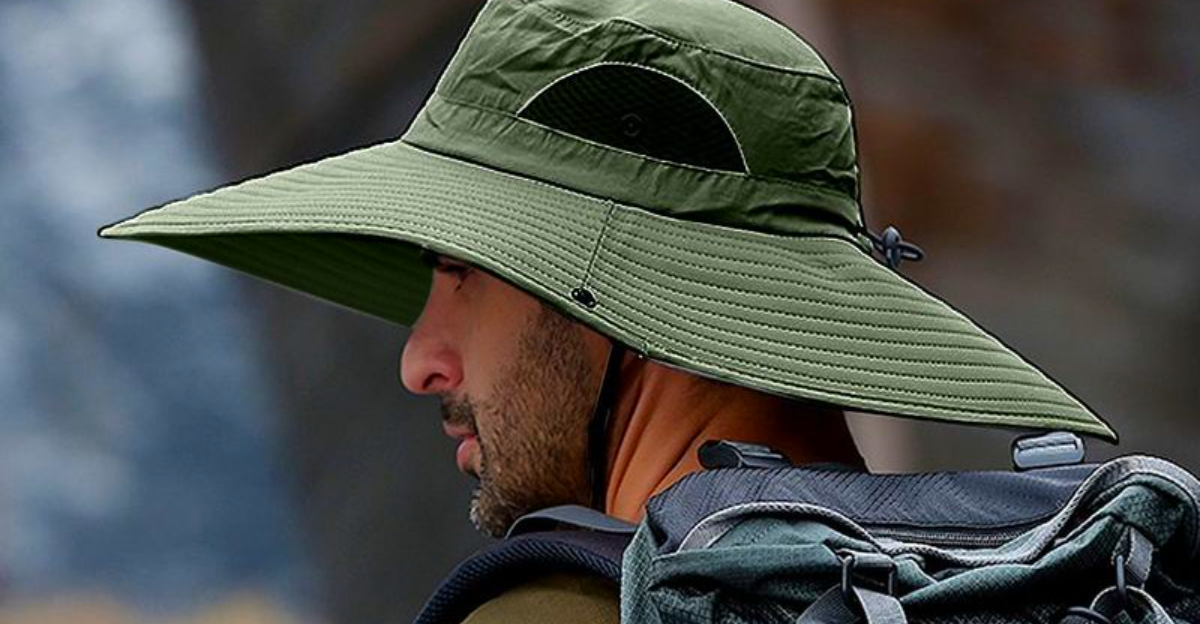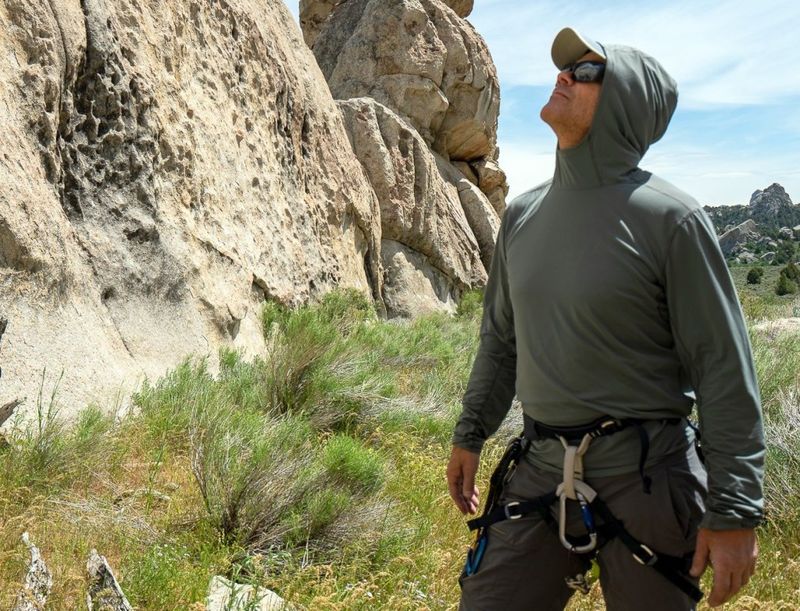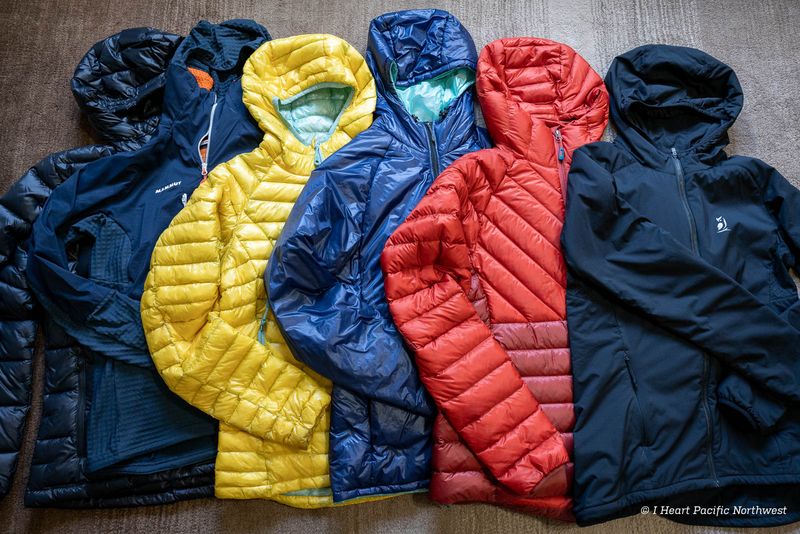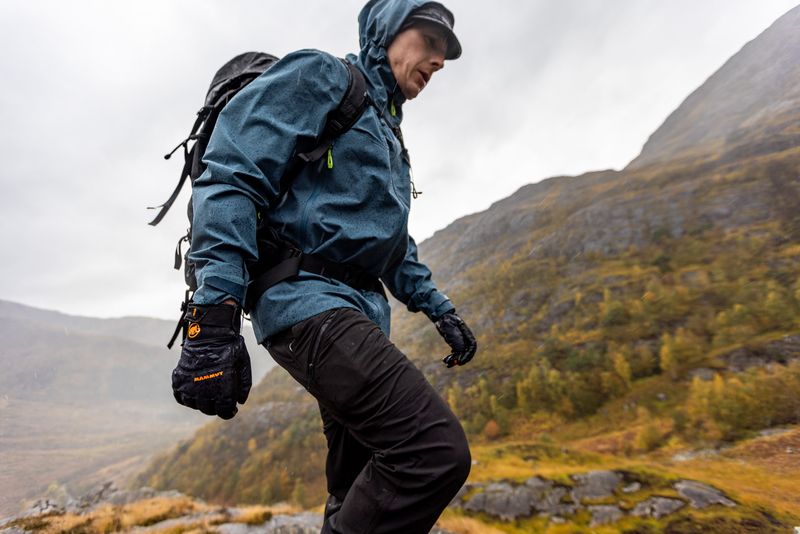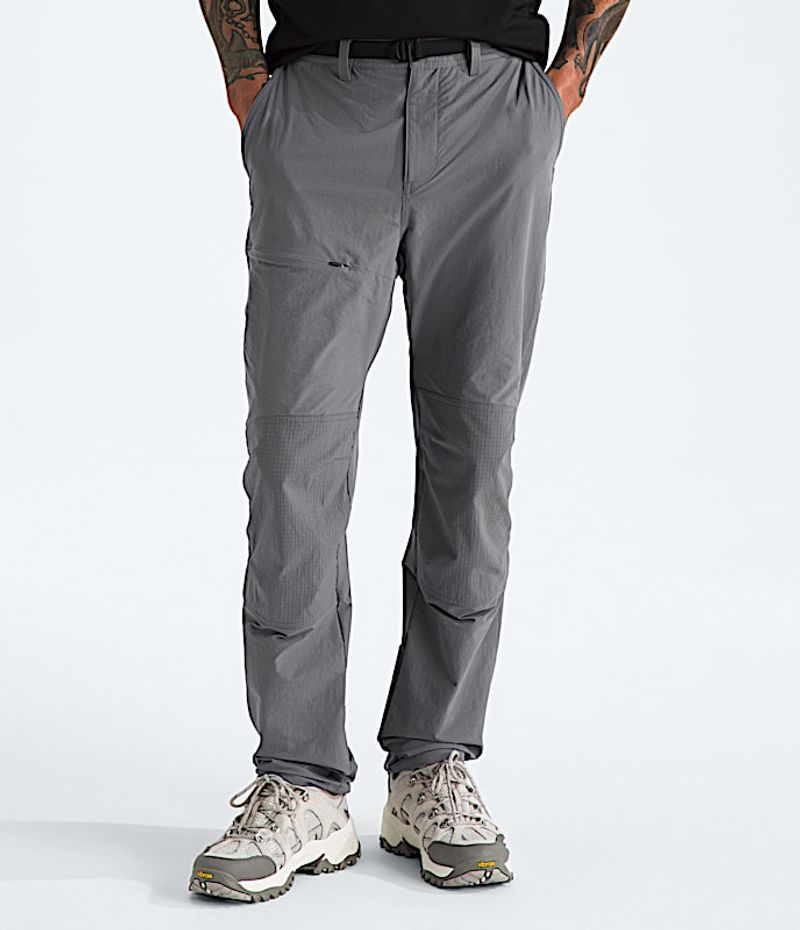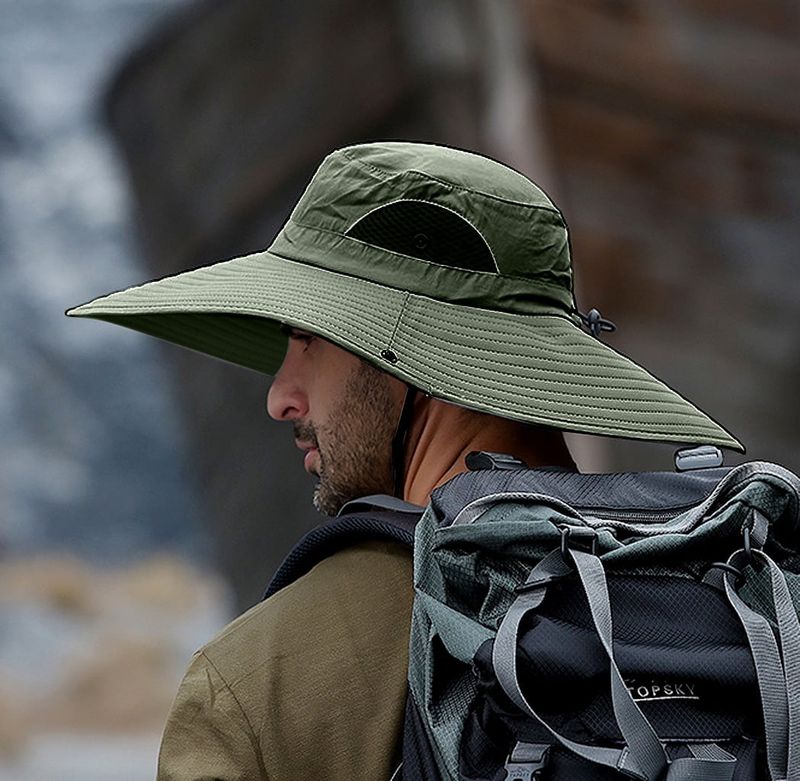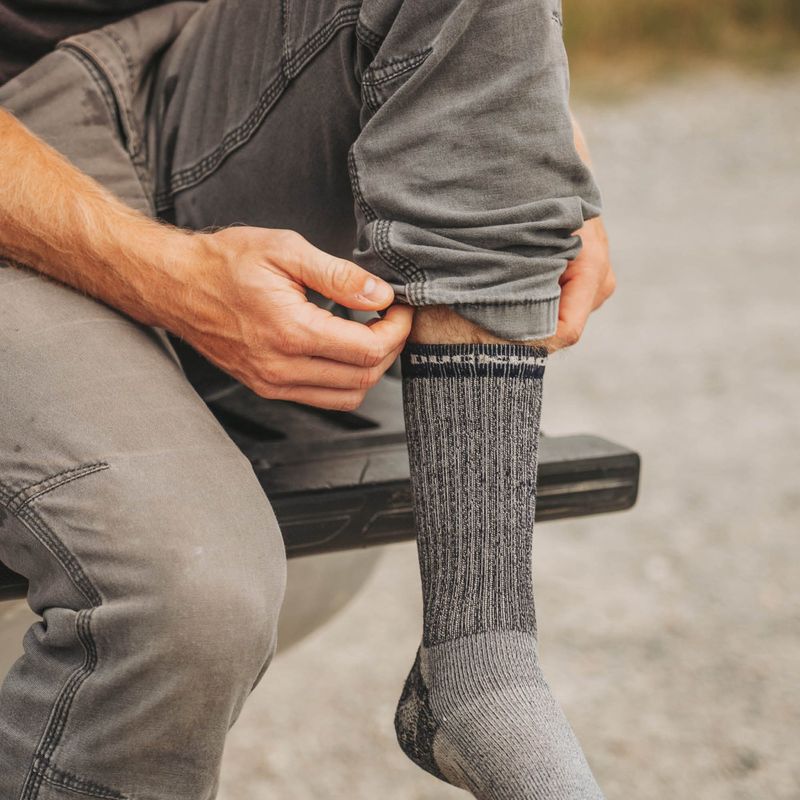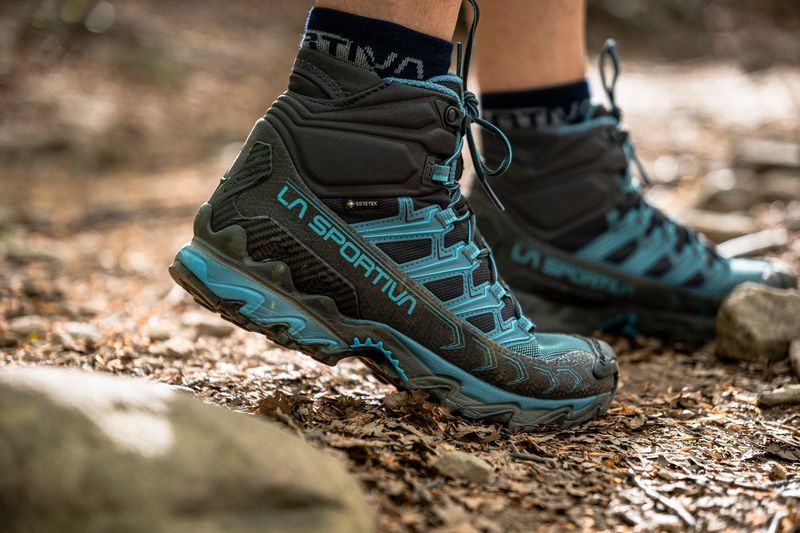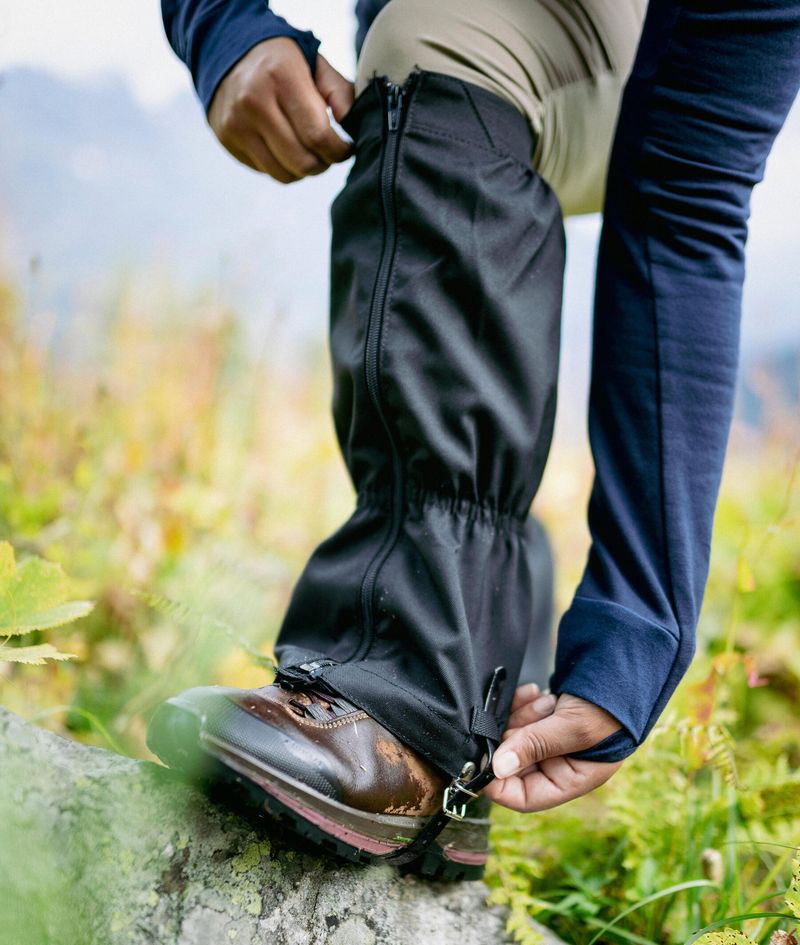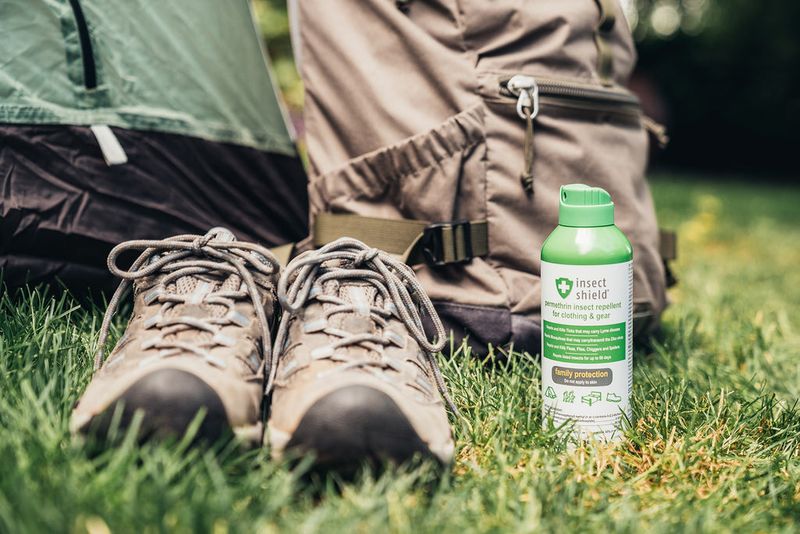Exploring the great outdoors requires the right gear, and having the best hiking clothing can make all the difference. Whether you’re venturing into sunlit deserts or snowy mountains, each piece serves a purpose in ensuring comfort, protection, and versatility. Here’s a guide to the 11 best clothing pieces every adventurer should consider for their hiking travels.
1. Sun Hoodie (UPF 30–50+)
With the sun beating down, a sun hoodie becomes your best ally. Lightweight and designed with long sleeves, it provides all-day UV protection, crucial for high-UV destinations. Imagine hiking across bright landscapes without the hassle of constant sunscreen application. Its built-in hood and thumb loops offer additional coverage. Look for ones with UPF 50+ fabric to block more UV rays. Breathability and quick-dry features make it perfect for both hiking and boat transfers, where sun exposure is unavoidable. This hoodie is your portable shade, designed to fit over caps, ensuring comfort and protection.
2. Wicking Base Layer (Merino or Synthetic)
Your next-to-skin shirt isn’t just clothing; it’s a climate manager. As you traverse varying terrains, a wicking base layer efficiently manages sweat and comfort. Merino wool excels in odor control, making it a favorite among travelers. Synthetics, on the other hand, dry faster, which is essential in humid environments. Layer it under your shell or wear it solo in warmer climates. With materials ranging from 150 to 200 g/m² merino or lightweight polyester, this base layer adapts to your needs, ensuring every hike is a comfortable one, free from the discomfort of sweat-drenched fabrics.
3. Breathable Mid-Layer Fleece
A crisp morning or a breezy ridgeline calls for a mid-layer fleece. This garment traps warmth while allowing moisture to escape, keeping you comfortable. Opt for a 100–200-weight fleece, which can function when damp and layer seamlessly under a shell. Full zips provide venting options, and stretch panels enhance mobility, making it perfect for active hiking days. The smooth exterior ensures it layers well under rainwear, offering versatility in changing weather conditions. Whether you’re starting early or facing sudden winds, this fleece stands as a reliable companion against the elements.
4. Lightweight Insulated Jacket (Synthetic or Down)
In the chilly embrace of mountain huts or during high-altitude passes, a lightweight insulated jacket offers necessary warmth. Synthetic insulation proves more reliable in wet conditions, while high-fill down is lighter and perfect if conditions remain dry. These jackets compress into small stuff sacks, making them easy to pack. Features like hem and hood cinches add to the jacket’s adaptability in diverse climates. Whether you’re on a night bus or at a chilly summit, this jacket provides an essential layer of warmth, ensuring every adventure continues in comfort.
5. Waterproof–Breathable Rain Jacket (2.5- or 3-Layer)
When the skies open up, a waterproof-breathable rain jacket becomes indispensable. It’s not just about staying dry; it’s about moving with confidence through squalls. Understanding the construction is key: 2-layer is basic, 2.5-layer offers lightweight packability, and 3-layer provides durability for rugged use. Essential features include pit-zips, a well-designed hood, and fully taped seams. Regular cleaning and refreshing of the DWR treatment ensure longevity and performance. With this jacket, rain becomes just another element, not an obstacle, in your hiking adventure.
6. Quick-Dry Hiking Pants or Trail Leggings
Navigating harsh terrains requires durability and flexibility, embodied by quick-dry hiking pants or trail leggings. Stretch-woven pants resist abrasions from volcanic rocks and desert scrubs, while modern trail leggings prioritize mobility and comfort. For added versatility, convertible pants feature zip-off legs, perfect for hot and humid trips. Consider options with 5–10% elastane for stretch, articulated knees, and a gusseted crotch. These features ensure that as you hike, your clothing adapts, providing both protection and ease of movement, transforming challenging paths into manageable trails.
7. Sun Hat (Full-Brim or Cap-With-Cape)
In the blazing heat, a sun hat offers a respite with its shade-on-demand feature. Full-brim styles deliver 360° coverage, while cap-with-cape models shield the neck in exposed environments like deserts or on water. A 3–4″ brim or a removable neck cape provides flexibility. Look for hats with an adjustable chin cord and ventilation mesh for comfort and security. Pairing it with a UPF sun hoodie enhances protection, ensuring that you stay cool and protected from the sun’s relentless rays during your outdoor explorations.
8. Merino or Synthetic Hiking Socks (Crew Height)
Good hiking socks are the unsung heroes of any trek, managing moisture and preventing blisters over long distances. Merino wool blends offer superior moisture management and a snug fit, reducing friction. Reinforced heels and toes add durability, ensuring these socks endure the trail’s challenges. Crew height socks interface effectively with boots or gaiters, providing protection and comfort. Whether navigating rocky paths or dense forests, these socks ensure your feet remain dry and blister-free, allowing you to focus on the journey rather than foot discomfort.
9. Footwear: Trail Runners or Hiking Boots (Trip-Dependent)
Footwear is foundational, literally the clothing upon which you stand. Trail runners are preferred on well-traveled, warm routes for their breathability and quick-drying nature. Hiking boots, however, excel in rough, rocky terrains, offering durability and support. The choice depends on the terrain, load, and your experience. Look for trail runners with aggressive outsoles and rock plates, and hiking boots with stout outsoles and secure heel holds. This ensures that regardless of the path chosen, your feet are supported, making each step confident and secure.
10. Gaiters (Ankle to Mid-Calf)
Tiny pebbles, wet grass, and ticks can disrupt an otherwise perfect hiking day. Enter gaiters, the unsung protectors that keep debris and moisture at bay. Low to mid-height hiking gaiters are essential for brushy zones where ticks are prevalent. A durable instep strap and snug ankle closure ensure they stay in place. Wearing them under pant cuffs in rain can reduce water channeling into shoes. These gaiters serve as a barrier against the elements, ensuring that your focus remains on the trail ahead rather than on what’s entering your boots.
11. Insect-Protective Clothing / Permethrin Treatment
Insect-protective clothing is a must for regions teeming with ticks and mosquitoes. EPA-approved permethrin-treated garments offer significant bite reduction. Consider factory-treated items, which remain effective through numerous washes, or apply a 0.5% spray to clothing and gear. Never apply directly to skin, and ensure it dries fully before use. Treating shoes is particularly crucial as ticks often latch from the ground up. This clothing acts as a defensive shield, allowing you to explore insect-rich areas with peace of mind, focusing on the scenery rather than swatting pesky bugs.
